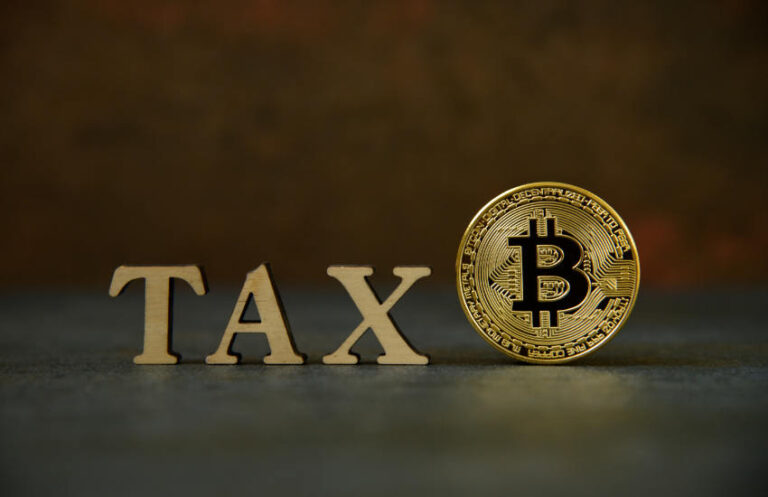
Source: www.ledgerinsights.com
After decades of clamping down on tax evasion through offshore hubs, the G20 is concerned that cryptocurrencies and other crypto assets threaten to roll back these recent gains. Therefore, it informed the OECD, which today launched its crypto asset reporting framework, providing a template for jurisdictions around the world to implement crypto asset tax compliance reporting.
However, the crypto asset industry has previously raised concerns that the definition of a crypto asset for tax and anti-money laundering purposes is not the same, leading to a substantial administrative burden.
Banks were one of the main institutions that played a reporting role in the past. Now that role will also fall to cryptocurrency exchanges and other intermediaries, such as brokers, dealers, and ATM operators.
What is a crypto asset for tax purposes?
The latest OECD definition of crypto assets is anything that can be used for payments or investments and transferred in a decentralized manner, including crypto derivatives, stablecoins and non-fungible tokens (NFTs). That covers collectibles, games, art, and property.
What is out of scope is anything that uses cryptography solely for record keeping but has no proprietary rights. Another exclusion is when there is no secondary market for an item outside of a closed loop platform, that is out of reach.
Central bank digital currencies are out of scope, but have separate reporting requirements.
The OECD held consultations and provided a public forum in May (see video). During that event, he acknowledged feedback on the scope of assets to include. However, most of these concerns persist.
One of the objections was that stablecoins do not have capital gains and therefore should be excluded. However, that ignores the fact that capital gains is just one type of tax. Stablecoins can be used to pay someone for goods or services, which are taxable as income. Hence the inclusion for informational purposes.
Another objection was classifying non-fungible tokens as in-scope when considering an emerging asset class.
OECD Crypto Assets vs. FATF Virtual Assets
Two of the concerns raised were significant as they create substantial additional administrative burdens. The FATF already requires compliance for anti-money laundering (AML) purposes. But the definition included in the OECD document is broader and only considers the FATF definition of virtual assets as a starting point. For tax purposes, any asset that can be used for payment or investment is considered within the scope.
When a crypto asset is not a FATF virtual asset, the OECD says that the “Reporting Crypto Asset Service Provider must determine, for each crypto asset, whether it cannot be used for payment or investment purposes.” Instead of each exchange doing this job, one would expect the industry to collaborate and develop a common list. “NFTs that are traded on a market can be used for payment or investment purposes and should therefore be considered relevant crypto assets,” the report says.
Another objection raised during the consultation was the difficulty of reporting illiquid assets.
In addition to defining assets and reporting entities, the framework also outlines what information must be reported and the due diligence that must be performed on users of crypto assets.
Read More at www.ledgerinsights.com